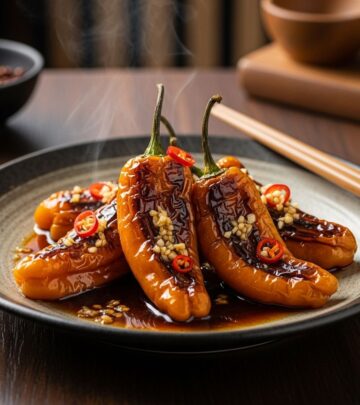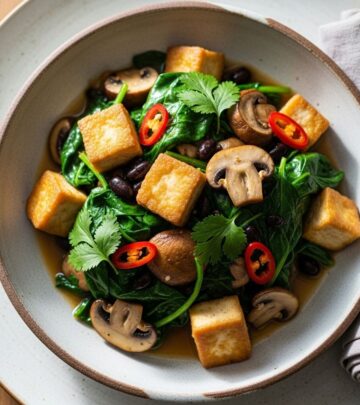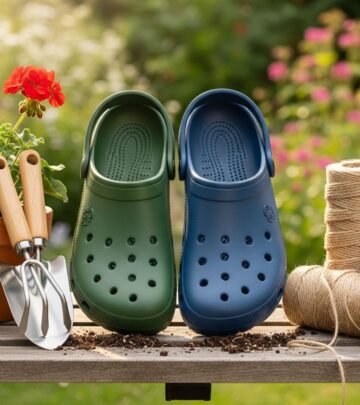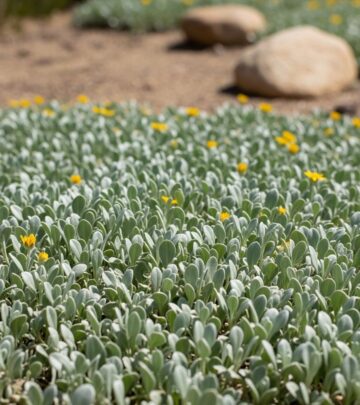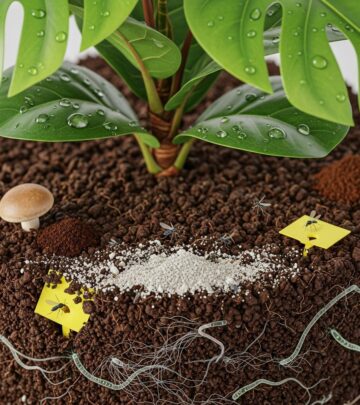Hawaiian Flowers: 21 Unique Tropical Masterpieces
Discover Hawaii’s spectacular endemic flowers, their distinct characteristics, ecological importance, and how they shape the islands’ natural beauty.
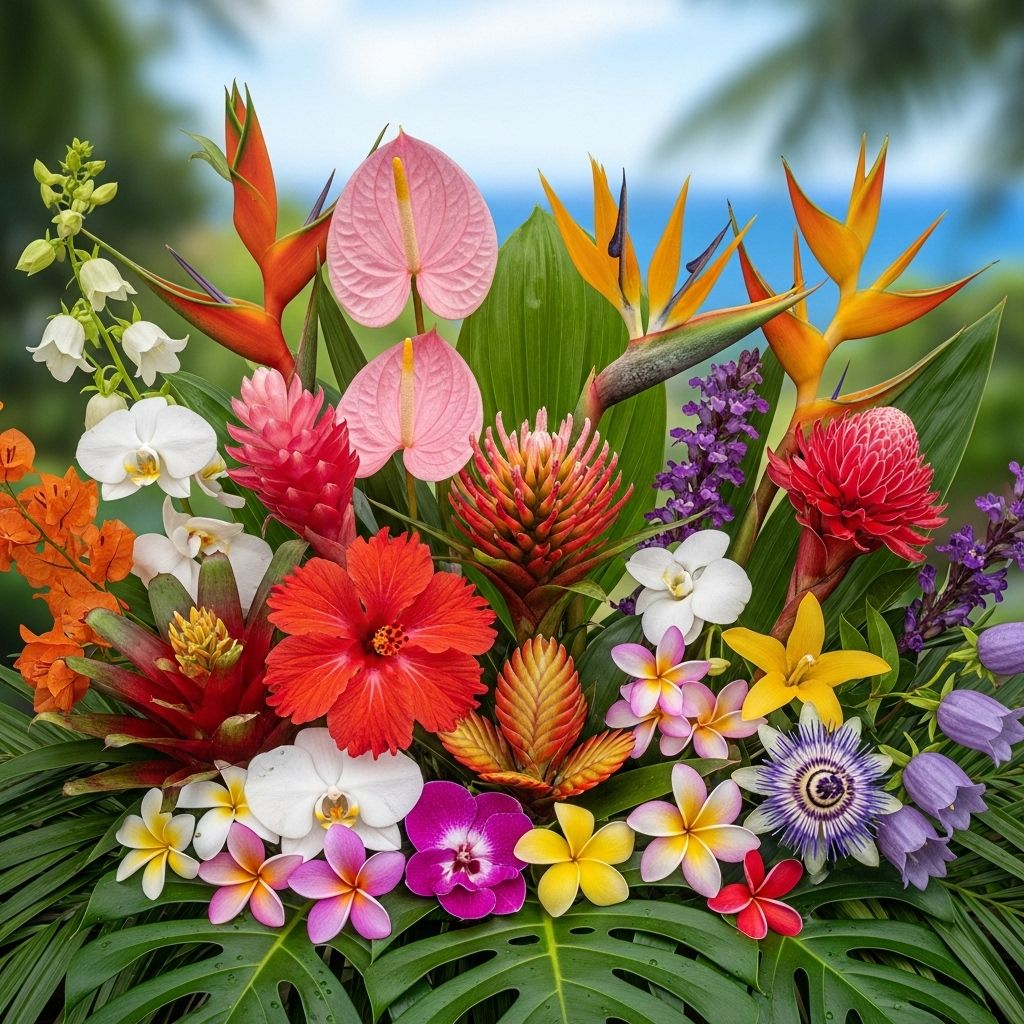
Image: HearthJunction Design Team
21 Unique Hawaiian Flowers: Nature’s Tropical Masterpieces
Hawaii, with its lush rainforests, dramatic volcanic landscapes, and balmy climate, is home to some of the planet’s most breathtaking and unique flora. Of the thousands of botanical wonders found across the archipelago, many are endemic—meaning they exist nowhere else in the world. This comprehensive guide showcases 21 of these unique Hawaiian flowers, unveiling their striking features, natural habitats, and cultural significance.
Why Are Hawaiian Flowers So Unique?
Hawaiian flowers evolved in near isolation, granting them distinct characteristics not found elsewhere. Factors contributing to this unique floral diversity include:
- Geographic Isolation: Hawaii’s remote archipelago status fostered the evolution of endemic species.
- Varied Ecosystems: Habitats range from coastal dunes and dry forests to wet mountain valleys, nurturing exceptional plant diversity.
- Climate: Tropical warmth, abundant rainfall, and fertile volcanic soils create optimal conditions for vivid blooms year-round.
Top 21 Flowers Found Only in Hawaii
Below is an in-depth exploration of the most remarkable native and endemic Hawaiian flowers, including botanical insights and unique features that make each one a treasure.
1. Kanawao (Broussaisia arguta)
This perennial belongs to the Hydrangea family (Hydrangeaceae) and is widespread across Hawaii’s mesic and wet forests. With evergreen, leathery, toothed leaves and showy blooms in cream, yellow, pink, light blue, and greenish-white, Kanawao thrives at higher elevations. Local birds relish its flowers and seeds, aiding its wide dispersal. Fun fact: happy face spiders often seek refuge beneath its leaves.
2. Hawaiian Hibiscus (Hibiscus spp.)
- Aloalo (Hibiscus brackenridgei): The official state flower, recognized for its brilliant yellow blooms, is endangered and flowers in winter and spring.
- Red Kauai (Hibiscus clayi): Known for slim petals and unscented, dazzling red flowers.
- Linden Leaf (Hibiscus furcellatus): A smaller, light-purple and pink variety with blooms that last only a day but appear year-round.
While the Chinese hibiscus is commonly seen, these native species are exclusive to Hawaii and represent the islands’ floral identity.
3. ‘Ōhi‘a Lehua (Metrosideros polymorpha)
A pillar of Hawaiian forests, ‘ōhi‘a lehua produces tufts of crimson brush-like flowers. It plays an essential ecological role, providing nectar for honeycreeper birds and stabilizing volcanic soils. Traditionally, the flower features in Hawaiian legends and is prominent in native ceremonies.
4. Ma‘o Hau Hele (Hibiscus brackenridgei)
This stunning yellow hibiscus, Hawaii’s state flower, can reach up to 30 feet tall. Its cheerful, bright flowers are rare and endangered, blooming mainly in winter and spring. The blossoms are a potent symbol of Hawaiian identity and conservation.
5. Hinahina (Heliotropium anomalum)
Also called the silver geranium or beach heliotrope, Hinahina is found along Hawaii’s coastal dunes and sandy areas. Its silvery leaves and fragrant, white flowers help it withstand salty, windswept environments. Traditionally, hinahina leis are worn during ceremonial occasions.
6. ‘Ilima (Sida fallax)
Delicate orange-to-yellow blossoms characterize this sprawling coastal shrub. ‘Ilima flowers are cherished for lei making, symbolizing love and tradition. These tiny blooms require hundreds to craft a single lei, reflecting their preciousness in Hawaiian culture.
7. Naupaka (Scaevola spp.)
Naupaka’s most distinguishing feature is its half-bloom shape, which inspired the poignant legend of two lovers separated for eternity. The beach naupaka grows near the ocean, while its mountain counterpart is found at higher elevations. Each produces white to purple, “half-flowers” with a unique fan-like appearance.
8. Kukui (Aleurites moluccanus)
The kukui or candlenut tree produces small, white blossoms and is Hawaii’s state tree. Its nuts yield oil used traditionally for light, while the flowers and leaves hold ceremonial importance. Kukui leis symbolize enlightenment and protection.
9. Mokihana (Pelea anisata)
Mokihana, endemic to Kauai, is prized for its fragrant green berries and foliage. The berries are strung into leis and emit a spicy anise aroma, making mokihana leis both culturally significant and distinctive to Hawaii.
10. Koali ‘Awa‘hia (Ipomoea indica)
This Hawaiian morning glory features vivid purple flowers and twining vines. While similar to other morning glories, its native status and prolific blooms in mesic forests distinguish it from introduced varieties.
11. ‘Ōhi‘a ‘Ai (Eugenia malaccensis)
Known as the mountain apple, ‘ōhi‘a ‘ai bears showy pink and white flowers followed by juicy, edible fruit. The blossoms attract pollinators and mark the arrival of the fruiting season, a time of abundance in Hawaiian culture.
12. Pua ‘Ala (Pittosporum glabrum)
Pua ‘ala features glossy foliage and clusters of fragrant, creamy-white flowers. This native tree is well-adapted to upland forests, often providing shelter for endemic wildlife and supporting forest ecology.
13. Pua Kenikeni (Fagraea berteroana)
Meaning “ten cent flower”, pua kenikeni is famed for its strong fragrance and creamy flowers that turn golden yellow as they age. Valued for lei making and home gardens, its sweet scent is synonymous with traditional Hawaiian hospitality.
14. Maile (Alyxia stellata)
Maile is a beloved, twining vine sought after for its shiny leaves and subtle-scented flower spikes. Traditionally, maile vines are used in leis for spiritual blessings and celebrations, representing affection and respect.
15. Kalo (Colocasia esculenta)
While kalo is best known for its starchy, edible root (taro), it also produces arrow-shaped leaves and small, yellowish flowers. Kalo is the foundation of traditional Hawaiian diet and mythology, revered as the plant ancestor of the Hawaiian people.
16. Wiliwili (Erythrina sandwicensis)
The striking wiliwili tree produces vivid orange, red, or yellow flowers that enliven dry forests. Lightweight wiliwili wood holds historical significance for crafting traditional surfboards and canoes.
17. ‘Ōhi‘a Ha (Syzygium malaccense)
Not to be confused with the mountain apple, this small tree has clusters of white flowers and glossy, edible berries. The fruit is enjoyed fresh or used in preserves, while the flowers attract vital pollinators.
18. Pua Meliko (Pandanus tectorius)
This screw pine produces unusual, fragrant clusters of small white flowers, which mature into large, segmented fruits. The plant is critical in stabilizing coastal ecosystems and is used in Hawaiian weaving traditions.
19. Hau (Hibiscus tiliaceus)
Hau is a fast-growing coastal tree with heart-shaped leaves and distinctive yellow blooms that change to deep red before falling. The strong, fibrous wood is used for cordage and carving.
20. Kupa‘oa (Dubautia laxa)
Part of the Hawaiian silversword alliance, kupa‘oa is an unusual shrub with daisy-like yellow flowers, adapted to dry forest environments. These tough plants are often found on rocky slopes and represent Hawaii’s unique evolutionary experiments.
21. Nani Oa (Viola chamissoniana)
Also known as Chamisso’s violet, nani oa is a delicate, endangered violet with pale, purplish-pink flowers. Restricted to high elevation forests, it is a symbol of Hawaii’s rarest flora and ongoing conservation efforts.
Table: Overview of Select Hawaiian Native Flowers
| Common Name | Scientific Name | Key Features | Endemic Island(s) | Uses/Cultural Significance |
|---|---|---|---|---|
| Kanawao | Broussaisia arguta | Colorful blooming shrub | All main islands | Ecological, wildlife support |
| Hibiscus (Aloalo) | Hibiscus brackenridgei | Bright yellow flowers, endangered | All main islands | State flower, symbolic |
| ‘Ōhi‘a Lehua | Metrosideros polymorpha | Red brush-like flowers | All main islands | Mythology, forest ecology |
| Hinahina | Heliotropium anomalum | Silver foliage, white flowers | All main islands | Leis, ceremonial |
| ‘Ilima | Sida fallax | Tiny orange-yellow flowers | All main islands | Lei making, love symbol |
| Maile | Alyxia stellata | Twining vine, fragrant | All main islands | Leis, blessings |
| Mokihana | Pelea anisata | Spicy fragrance, green berries | Kauai | Traditional leis |
Ecological Importance of Hawaiian Flowers
Hawaii’s flowers are not only beautiful—they are integral to the survival of the islands’ delicate ecosystems:
- Provide habitat and food for native birds and insects, many of which are also endemic or endangered.
- Stabilize fragile soils, especially around volcanic and coastal zones, helping to prevent erosion.
- Support cultural traditions like lei making, hula ceremonies, and medicinal use, linking nature and heritage.
Conservation and Challenges
Many Hawaiian flowers face extinction threats due to habitat loss, invasive species, and disease. Conservation programs focus on:
- Restoring native habitats
- Controlling invasive plants and animals
- Seed banking and propagation for endangered species
- Educating the public on the importance of protecting endemic flora
Tips for Growing Hawaiian Flowers
If you’re inspired to cultivate a taste of the tropics, consider the following:
- Research the growth requirements of each species—many need warm, humid conditions and ample sunlight.
- Simulate natural Hawaiian conditions indoors or in greenhouses if you live in non-tropical regions.
- Support conservation by choosing native or non-invasive plants for your garden.
Frequently Asked Questions (FAQs)
Are all hibiscus in Hawaii native?
No. While seven species of hibiscus are native to Hawaii (including Hibiscus brackenridgei), the Chinese hibiscus is the most frequently seen ornamental but is not a native species.
What is the official state flower of Hawaii?
The official state flower is the yellow hibiscus (Hibiscus brackenridgei), locally known as Ma‘o hau hele.
Why are so many Hawaiian flowers endangered?
Endemic Hawaiian flowers evolved in isolated conditions, making them particularly vulnerable to invasive species, habitat loss, disease, and human activity.
What role do flowers play in Hawaiian culture?
Flowers are central to Hawaiian culture: leis mark celebrations and respect, certain blossoms are tied to legends, and many are used in traditional medicine and rituals.
Can I grow Hawaiian flowers outside Hawaii?
Many can be grown in warm, humid climates, or indoors as ornamentals. However, some rare species are protected, and exporting plants or seeds may be restricted by law.
Conclusion
Hawaii’s endemic flowers are more than visual wonders—they are living legacies of the islands’ isolation, evolution, and vibrant culture. By recognizing, conserving, and celebrating these botanical treasures, we honor Hawaii’s natural heritage and ensure its unique beauty endures for future generations.
References
- https://www.epicgardening.com/hawaiian-flowers/
- https://www.epicgardening.com/hawaiian-hibiscus/
- https://www.seoexamples.com/p/revenue-driving-content-how-epic
- https://shop.epicgardening.com/products/pink-rose-mallow-seeds
- https://shop.epicgardening.com/products/showy-milkweed-butterfly-flower-seeds
Read full bio of Anjali Sayee

